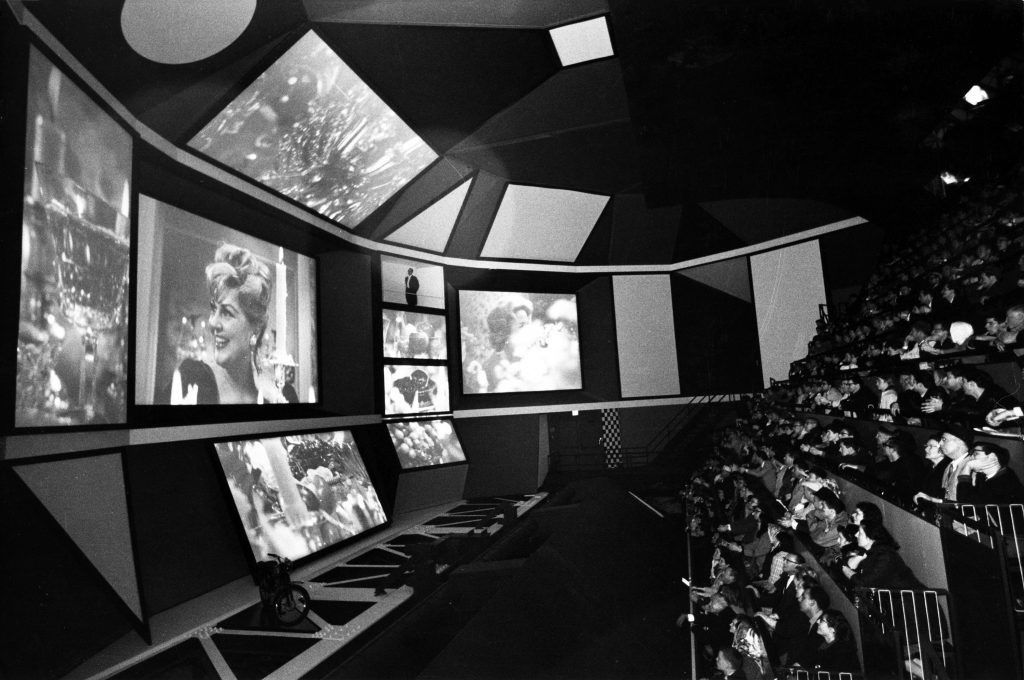It is often remarked that in our current digital media conditions the boundaries between artistic and media practices are increasingly eroding. Art installations incorporate film or video projections, digitally manipulated photography or even the typical modes of human interaction with images such as swiping and selecting. What are the politics of blurring the boundaries between art and media, art and life, or art and visual culture? And to what extent are these developments original to the ‘post-digital’ practice of contemporary art—or extensions of the longstanding concerns of postmodern art practice?
This course seeks to reconnect the topical discussion of recent post-digital practice with the complex history of the medium in modern and contemporary art. It covers the ground from the ‘medium-specific’ arguments of Lessing and Greenberg; the introduction of new media techniques by the historical avant-gardes of 1920s; the politicization of the artistic medium and its critique since the 1960s—in order to offer a historical backdrop for the new media utopism of the 1990s as well as the contemporary post-digital critiques of ‘surveillance capitalism’ or attention economies. The course will relate these perspectives to concrete primary material such as the works of Hito Steyerl, Harun Farocki or Zachary Formwalt, among others.

- Trainer/in: Dorothee Binder
- Trainer/in: Boris Cuckovic